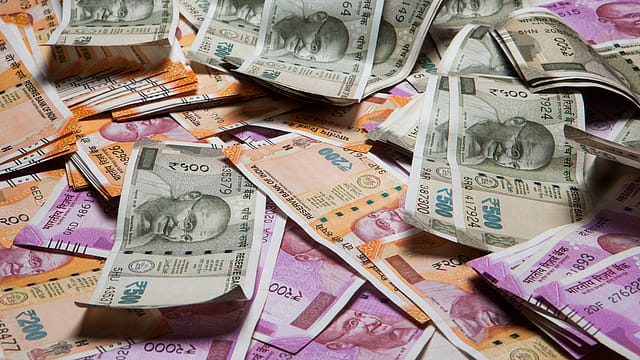FPIs turn net sellers in 2020
ADVERTISEMENT

What distinguishes institutional investors from individual investors? The former stay away from herd behaviour and their trading decisions are informed by logic. Hence, their buying patterns make for a reasonable detector of subtle signs in the market. The trends are better refined if under observation is the buying behaviour of a certain subset of institutional investors: foreign portfolio investors or FPIs.
Take 2020, for instance. FPIs invested a net of ₹12,122.58 crore ($1.71 billion) in equities in January, ₹1,819.83 crore ($265.19 million) in February. But in March, the pattern reversed. As of March 12, they have withdrawn ₹22,974.3 crore ($3.13 billion). As the world struggles to cope with and contain the coronavirus outbreak (now officially a pandemic) and global markets bleed over the economic consequences arising from it, FPIs, too, have fallen in with the herd.
Overall, during 2020, until March 12, FPIs have recorded a net outflow from equities to the tune of ₹9,031.89 crore ($1.165 billion). In the same period last year, FPIs were net investors to the tune of ₹23,158 crore ($3.26 billion).
December 2025
The annual Fortune 500 India list, the definitive compendium of corporate performance, is out. This year, the cumulative revenue of the Fortune 500 India companies has breached $2 trillion for the first time. Plus, find out which are the Best B-schools in India.
The current year is also interesting because, on the one hand, markets peaked at the beginning of the year, and on January 20 the S&P BSE Sensex and the NSE’s Nifty 50 recorded their life-highs at 42,273.87 points and 12,430.5 points respectively.
However, in just 38 trading sessions, equity markets stand heavily corrected. At the day’s low on March 12, the Sensex lost 9,780.77 points while the Nifty 50 lost 2,922.5 points from their life-highs. This is a decline of 23.14% in the Sensex, while the Nifty 50 corrected by 23.51%.
But, FPIs charted smart behaviour in this period. So far, out of the 49 trading days in 2020, FPIs were net sellers in 26 days to the tune of ₹46,632.81 crore ($6.44 billion) cumulatively. In the remaining 23 days, they were cumulative net buyers to the tune of ₹37,600.92 crore ($5.28 billion).
Interestingly, on January 20—the day of the benchmark indices’ life-highs—FPIs were net sellers of equities worth ₹1,420.64 crore ($199.97 million). Similarly, the global rout induced by the coronavirus outbreak which escalated to pandemic levels in recent days saw FPIs’ heavy sell-off during March 2020.
While FPIs were net equity sellers worth ₹7,012.27 crore ($948.2 million) on March 11, a day before the Sensex and the Nifty 50 closed lower by 2,919.26 points (-8.18%) and 868.25 points (-8.3%) each on March 12. But, on the day of the biggest fall and highest loss at closing time, FPIs sold net equity worth ₹3,483.72 crore ($471.96 million). Simply put, FPIs net outflow from equities was a tad below 50% on March 12 in comparison with the outflow recorded on March 12.
Given that FPIs were net buyers of equities worth ₹1.01 lakh crore ($14.37 billion) during 2019, their investment behaviour in 2020 will be a better gauge for sensing the mood of the market in a year that has been eventful so far.
